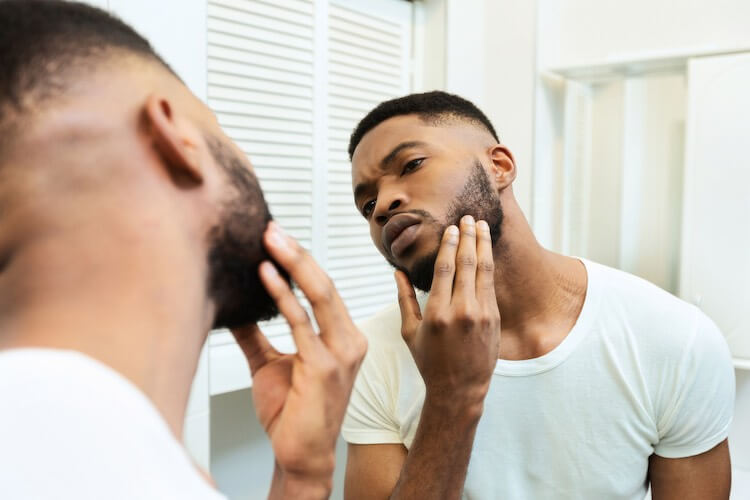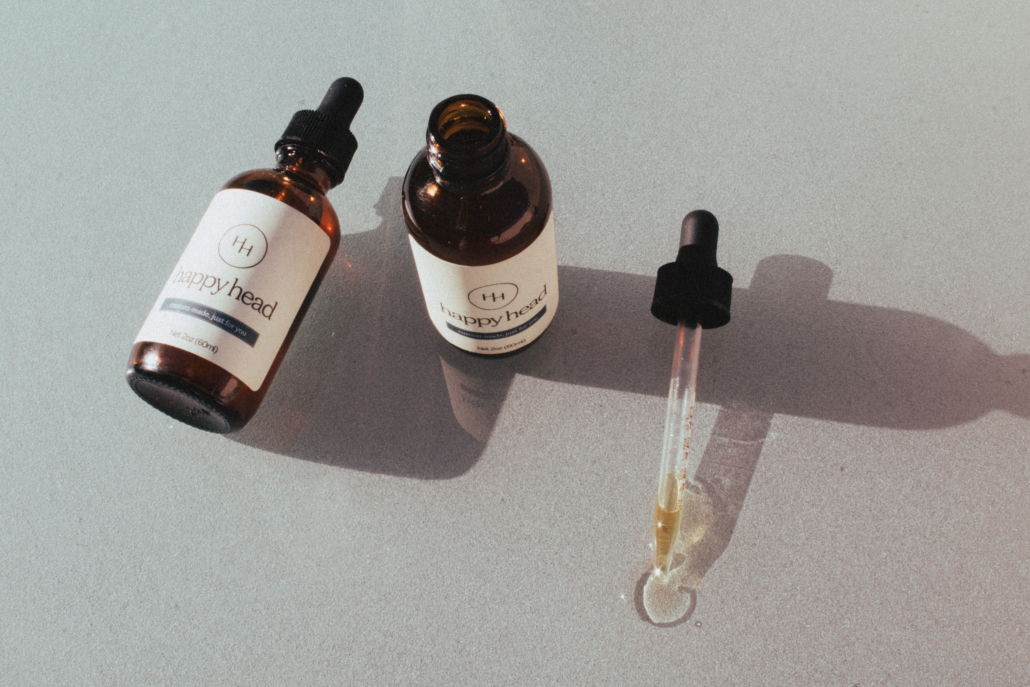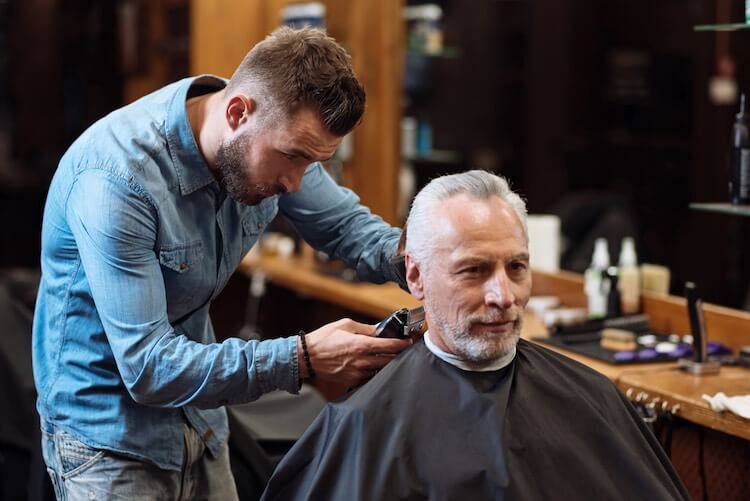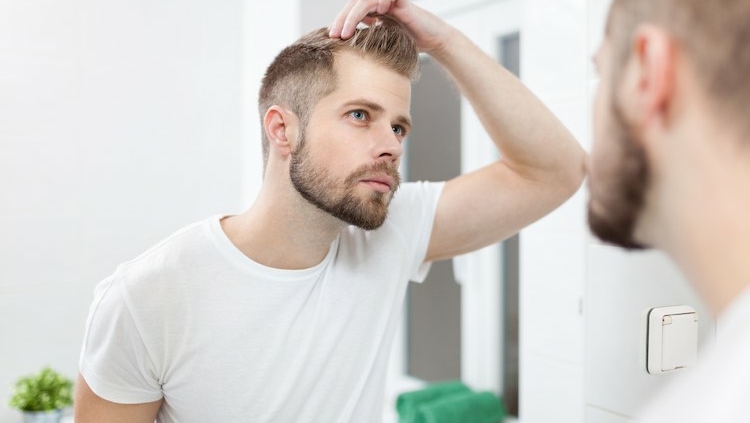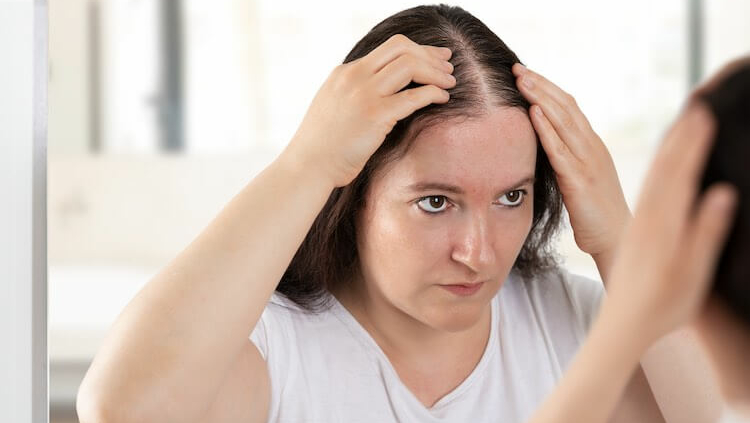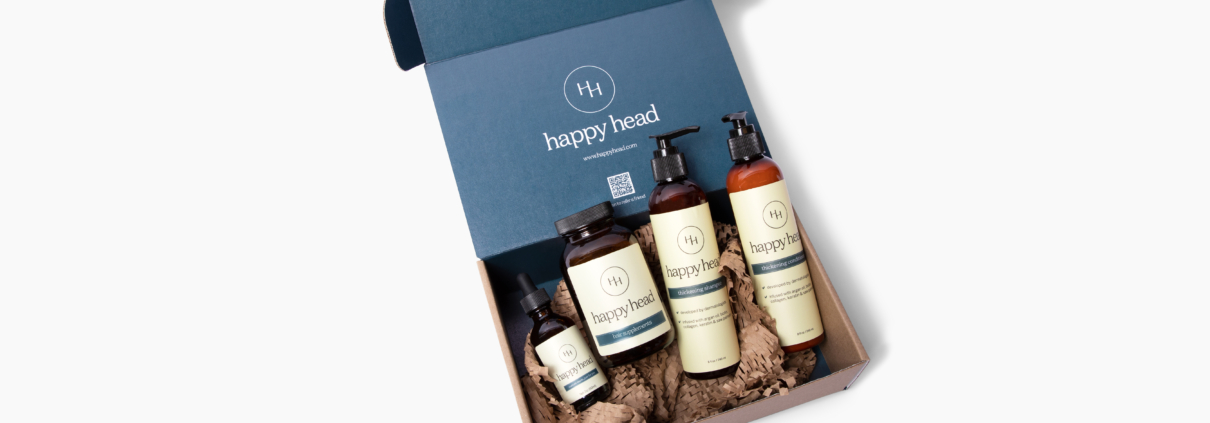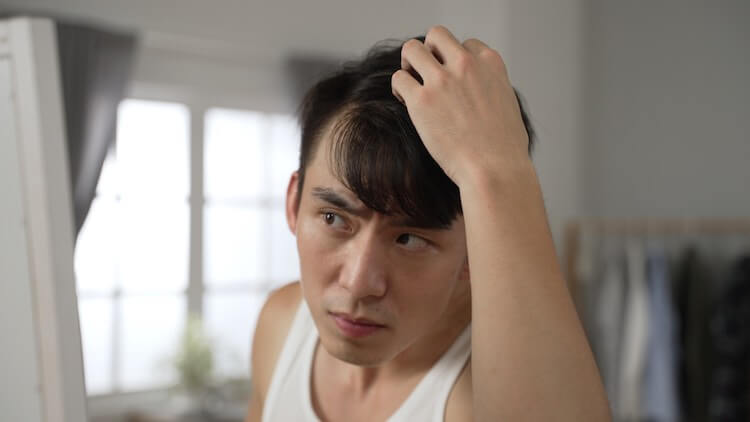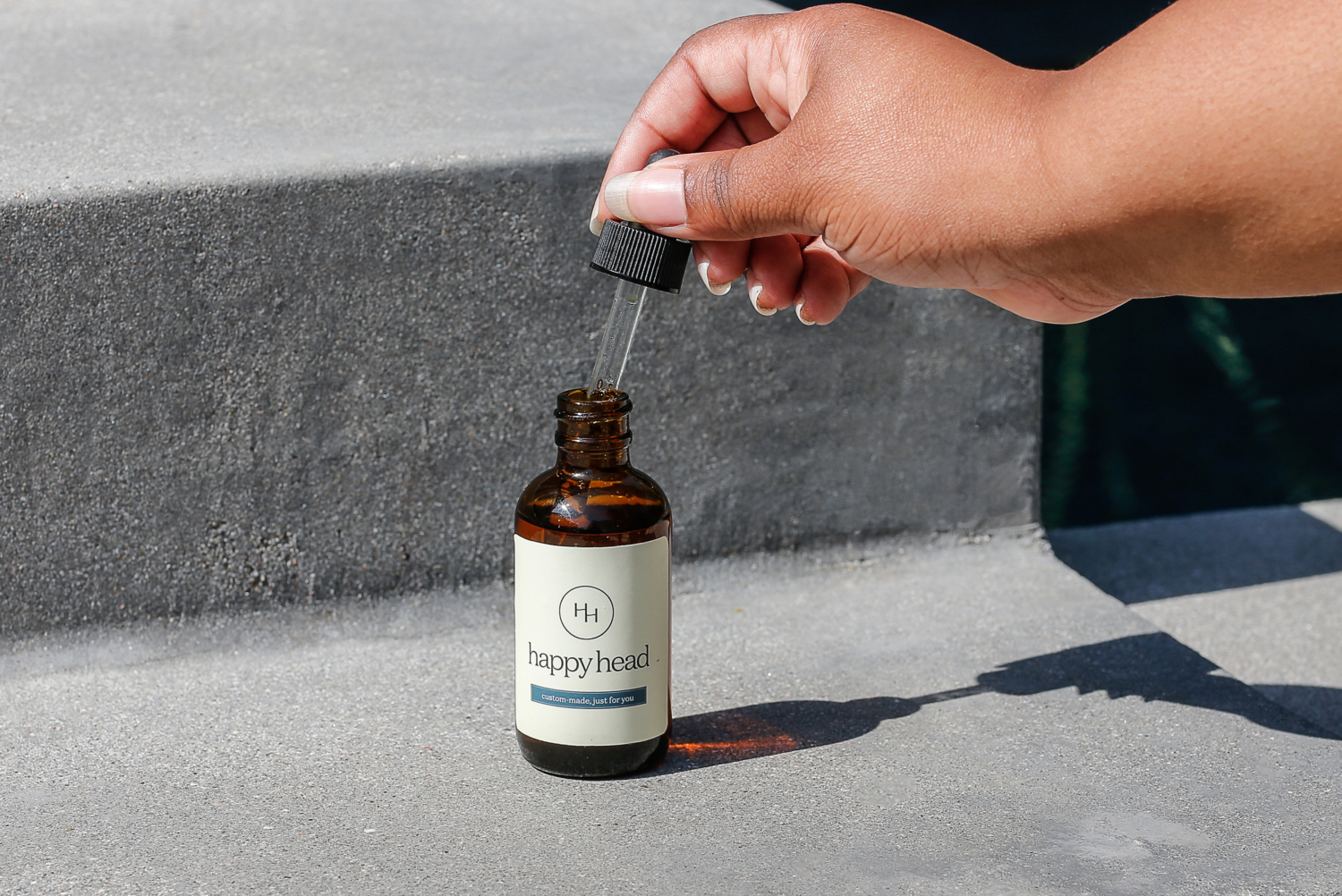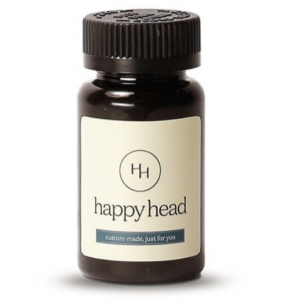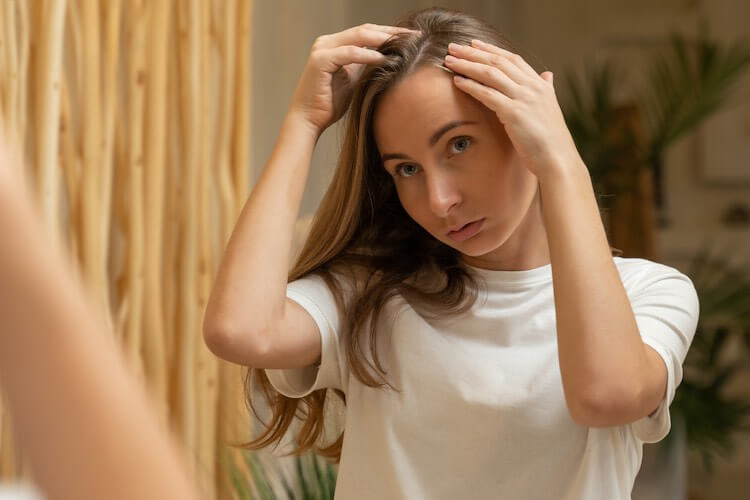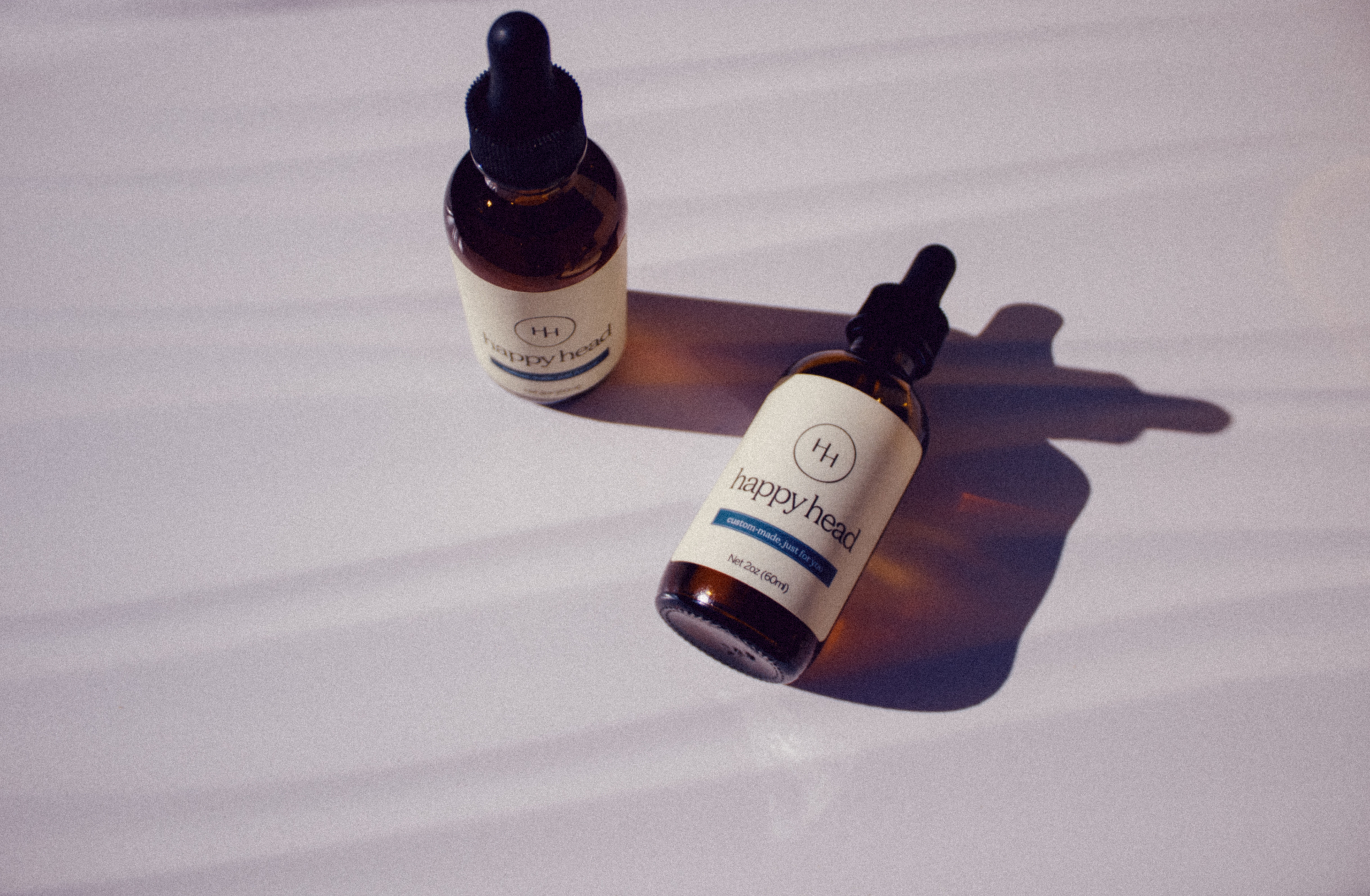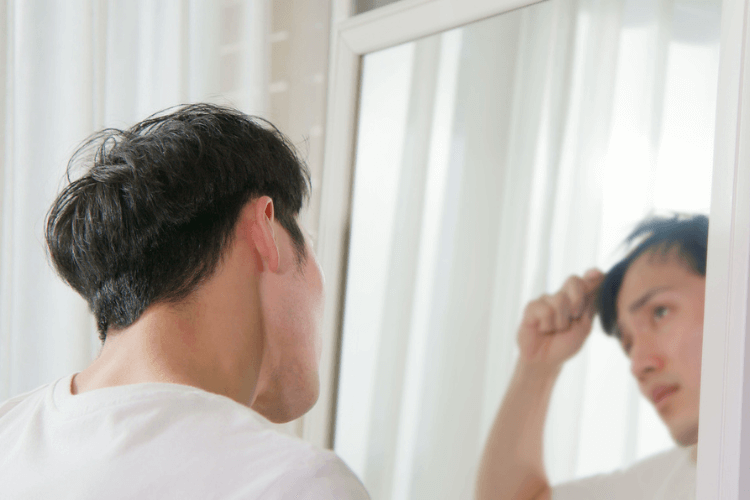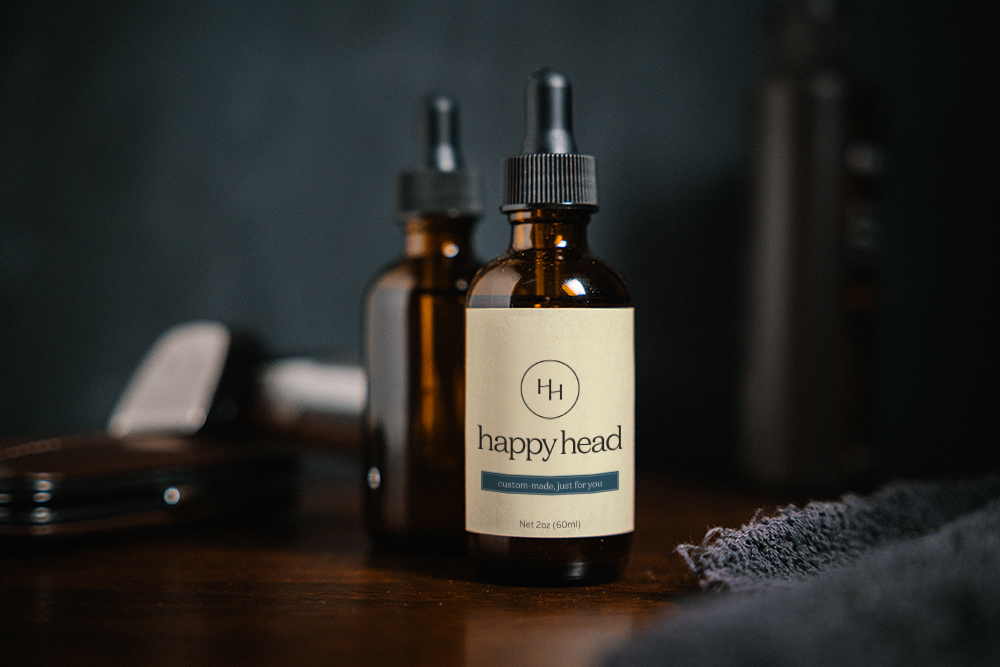Your Comprehensive Guide to Oral Dutasteride
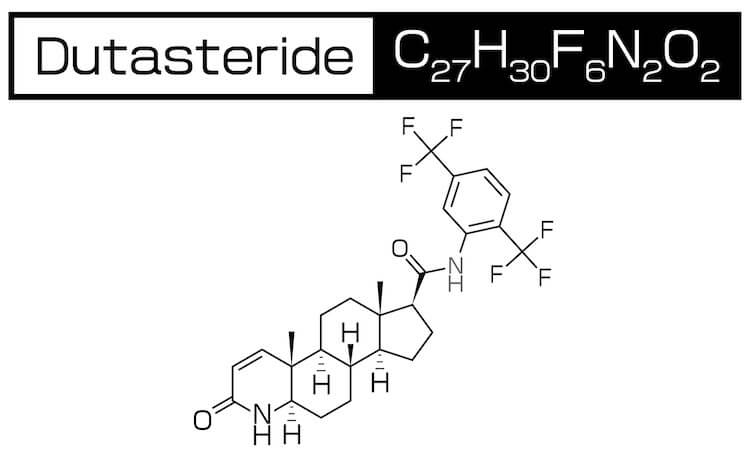
If you’re experiencing male or female pattern baldness, your dermatologist probably recommended a Dihydrotestosterone or DHT blocker. There are a few different types that you may have heard about. Finasteride was the first DHT blocker on the market and the oral version is FDA approved for male pattern hair loss. Dutasteride is a newer medication that’s often used off-label to treat hair loss. If you’re unfamiliar with Dutasteride as a primary ingredient in hair loss treatments then you’re in the right place. We’re going to share everything you need to know about oral Dutasteride in this comprehensive guide and how it can help you achieve successful hair growth.
Dutasteride is a DHT Blocker
Let’s start with the basics. Both men and women have an enzyme called 5-alpha reductase in their liver and skin. It can also be found in men’s prostates. The enzyme is responsible for converting Testosterone produced into dihydrotestosterone (DHT). Healthy levels of DHT are needed to support sexual development in both men and women. When a person’s DHT level gets too high during adulthood, however, it can cause prostate enlargement in men and hair loss in both men and women. High levels of DHT shrink the hair follicles and shorten the hair growth cycle resulting in hair loss.
Dutasteride is Designed to Prevent Hair Loss
DHT blockers like Dutasteride prevent Testosterone from converting into DHT in th
e first place. When production is inhibited, the amount of DHT that can attach to your hair follicles is significantly reduced, limiting the effects on your scalp.
Dutasteride is a Newer DHT Blocker
Finasteride was the first DHT blocker on the market in 1992. Dutasteride was developed a few years later and patented in 1996. The medication was marketed to treat benign prostatic hyperplasia, another name for enlarged prostates, under the brand name Avodart. In 2015, Dutasteride’s patent expired, making the medication more widely available. Although Dutasteride is not FDA approved for treatment of male or female pattern hair loss and is used off-label in the United States, it has been approved in South Korea since 2009 and Japan since 2015. At Happy Head, every formula we create is thoroughly tested and found to have effective results by our board-certified dermatologists.
Finasteride and Dutasteride Both Treat Androgenetic Alopecia, but Work Differently
Like Finasteride, Dutasteride inhibits 5a-reductase (5AR). The difference is the number and types of enzymes inhibited. Finasteride selectively inhibits the Type 2 isoenzyme, and Dutastride inhibits both Type 1 and 2. A research study published in the National Library of Medicine on 576 men confirmed that Dutasteride is an effective option for men who don’t respond well to Finasteride. So if you’ve tried Finasteride before without success, just let your Happy Head dermatologist know and they’ll find an effective solution for you or craft one from prescription-grade ingredients just for you.
Is Dutasteride Stronger
Than Finasteride?
According to research findings, Dutasteride is a stronger ingredient. In one study on men with Androgenetic Alopecia (male pattern baldness), Dutasteride improved hair growth by over twelve percent after 24 weeks, compared to just seven and a half percent in the group that took Finasteride. However, anecdotally, some dermatologists find that while some patients respond better to Dutasteride, other patients achieve better results with Finasteride. It’s difficult to predict which medication will work better without trying each.
Dutasteride Has Long-Lasting Effects
Dutasteride remains in your system for a long time after the medication is stopped. It can be detected for up to four to six months after your last dose. In comparison, Finasteride only lasts in your system for five to eight hours.
Why Not Try Dutasteride First?
When prescribing medications for genetic and other types of hair loss, dermatologists often start with lower strengths and dosages and bump up to higher ones as needed. The system gives you the most effective formulas at the lowest possible dosages to help avoid side effects. After all, Finasteride, which is usually used as a first-line treatment, effectively treats many patients experiencing male and female pattern baldness. Some people never need another DHT blocker. There are times, however, when Finasteride doesn’t do the trick. In those cases, Dutasteride is often prescribed next.
Are Side Effects Common with Dutasteride?
DHT blockers can cause sexual side effects, such as decreased libido and erectile dysfunction, so some people, especially men, may be hesitant to try them. The truth is that side effects due to Dutasteride are not typical, and most people do not experience them. According to a study from the National Library of Medicine, eighty-five percent of men who use DHT blockers don’t experience any side effects. Side effects usually dissipate over time after the medication is discontinued.
What Conditions Does Oral Dutasteride Treat
Dutasteride is most often prescribed to treat male and female pattern hair loss, also known as Androgenetic Alopecia. The condition is genetic and occurs when an overproduction of DHT attacks the hair follicles. Dutasteride stops the flow of DHT to prevent further hair loss and allow new hair to grow. Oral Dutasteride is also prescribed for conditions such as frontal fibrosing alopecia and as appropriate for other forms of alopecia.
How Long Will It Take to See Results?
Oral Dutasteride may start working immediately, but it will take approximately six months to a year to see a noticeable difference.
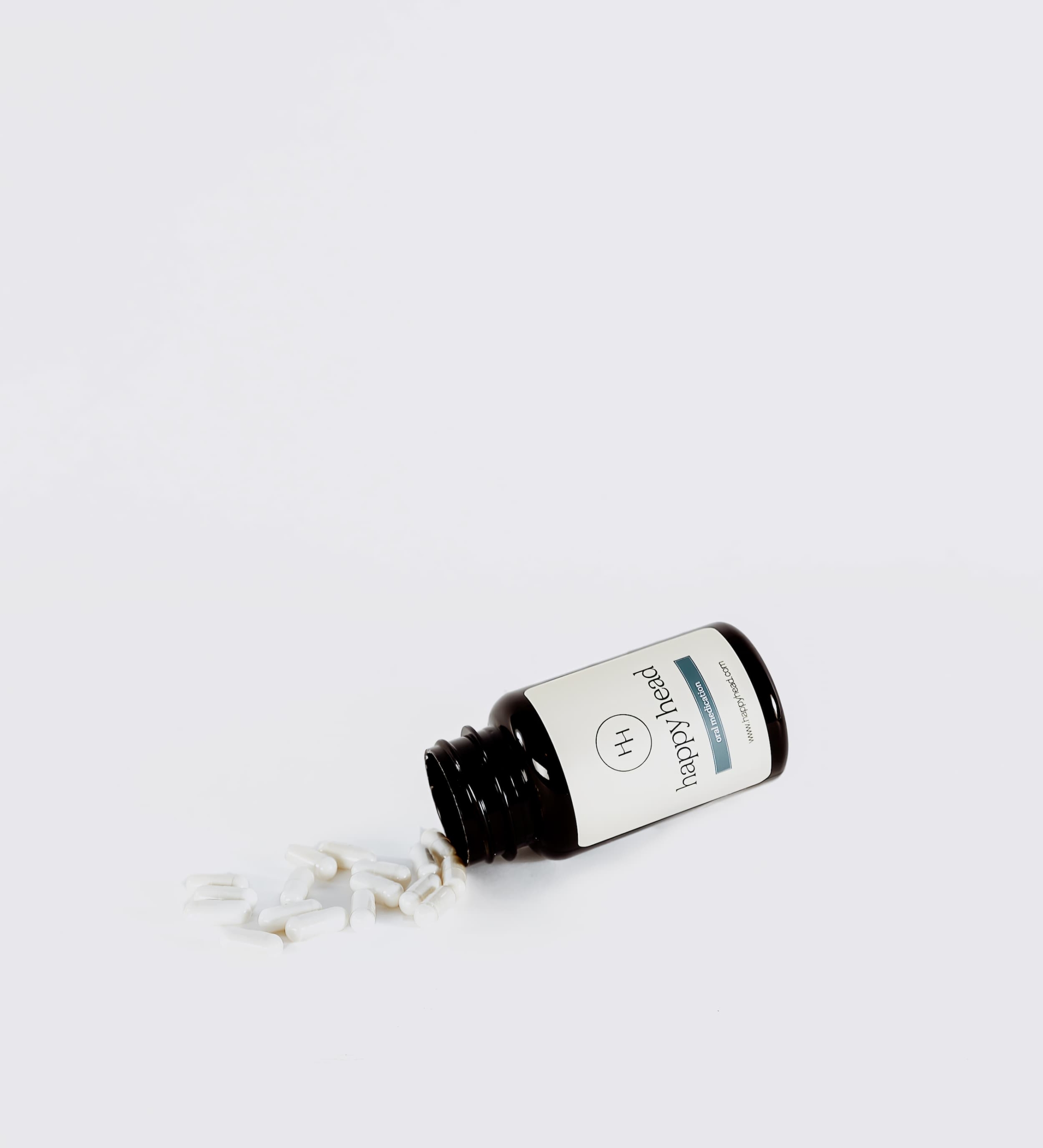
Can Oral Dutasteride Be Combined With Minoxidil and Other Hair Loss Treatments?
Not only can Dutasteride be combined with Minoxidil, but it is also recommended. The two medications work differently and together can maximize your hair growth. Here’s how. When people experience androgenetic alopecia, the hair follicles shrink, resulting in shorter and thinner hair. Over time, the hair follicles can completely close, so that hair will no longer grow. Dutasteride blocks DHT from shrinking the follicles, and Minoxidil enlarges the hair follicles, allowing thicker, healthier hair to emerge.
How to Get Oral Dutasteride
Oral Dutasteride is only available by prescription and should be taken under the supervision of a licensed dermatologist. Be sure to follow-up as recommended by your doctor. As with any medication, Dutasteride should be monitored regularly.
If you have been diagnosed with male or female pattern baldness and are interested in learning more about Dutasteride, Happy Head can help. Not diagnosed for hair loss but feel like you’re losing hair? You can get a FREE consultation with our board-certified dermatologists and get prescribed the treatment you need online by taking our quick questionnaire here and telling us about your hair. We have licensed dermatologists available in every state to answer your questions and determine whether Dutasteride is right for you. We also help make Dutasteride affordable, whether or not you have insurance. Use code GOHAIR for 50 percent off of your first order.
Resources:
(01) https://www.ncbi.nlm.nih.gov/pmc/articles/PMC6388756/
(02) Khandpur, S., & Suman, M. (2014). Dutasteride improves male pattern hair loss in a randomized study in identical twins. Indian journal of dermatology, 59(6), 630-633. doi: 10.4103/0019-5154.143571
(03) https://www.ncbi.nlm.nih.gov/pmc/articles/PMC5023004/#:~:text=Sexual%20adverse%20effects%2C%20such%20as,the%20symptoms%20improve%20over%20time.

